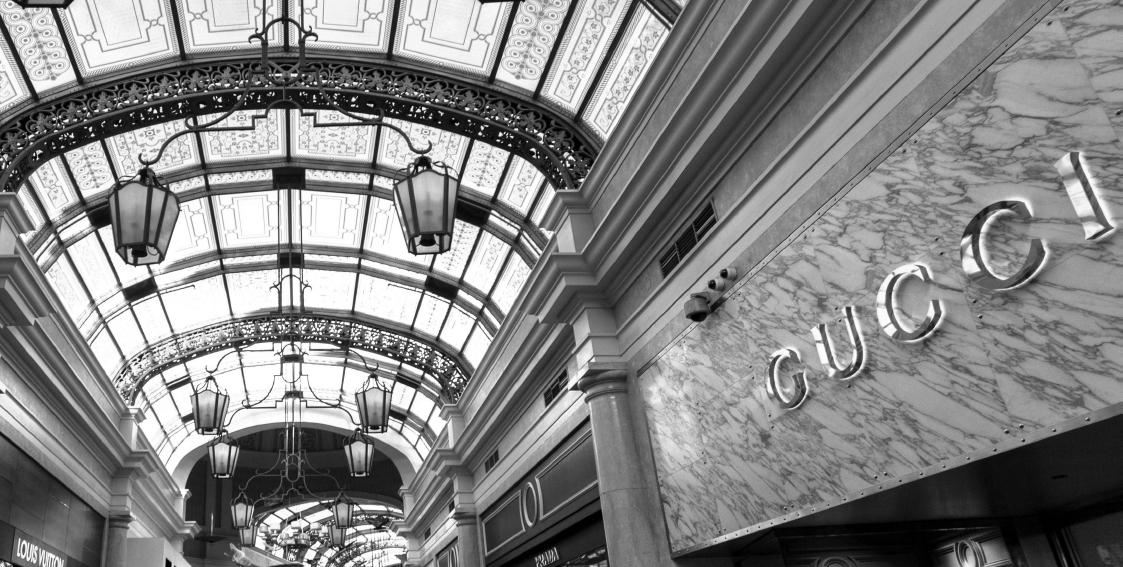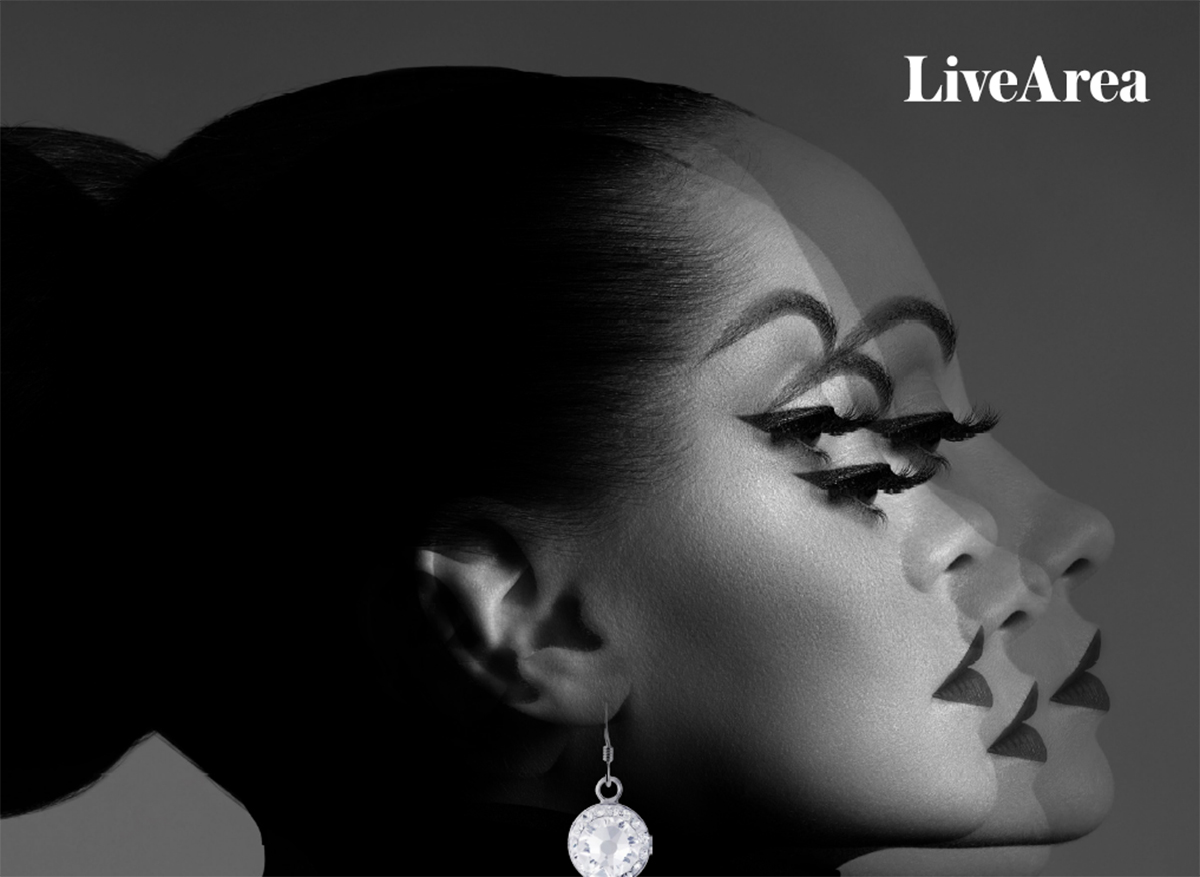LONDON, January 28th, 2021 - Innovation in luxury is changing trends, and luxury itself has already been transformed by technologies. Augmented reality, data analysis and the implementation of a brand-new user experiences in e-commerce: the pandemic has confirmed and accelerated these movements, some say as much as five years. Nevertheless, scarcity, which is a key factor in luxury, hardly pairs with the web, traditionally perceived as the land of abundance.


Will customers buy a 60.000$ Rolex by using the same device they buy dog food with? That’s the challenge for marketers today. Far from adding patches and quick-fixes, the time has come to re-design the whole customer experience, by integrating online and offline moments. The future is onlife, as Luciano Floridi, an Italian philosopher, put it.
New generations are emerging as luxury buyers, and those born after 1995 are more adept to changes, whilethe pandemic recruited new cohorts of elder customers to digital. The transition and its results are here. To stay.
We had a conversation with Benoit Soucaret, Group Creative Director at LiveArea, an award-winning global customer experience and commerce agency. Benoit is sure about what to expect.
While luxury prides itself upon scarcity, and price is not a key factor in purchasing decisions, the Internet is widely associated with abundance, and the cheapest often wins. This is why many brands have been reluctant to implement a 360-degree e-commerce strategy. But innovation in luxury cannot wait any longer, especially after the pandemic. So, how can luxury businesses encapsulate their heritage and tell their unique brand stories across digital channels, without losing their allure?
A reputation built over decades is no longer enough to guarantee future success. Luxury brands need to continuously look for new routes to create relevance and align with new expectations without diluting core values. They need to adapt their message to a modern audience. While luxury prides itself on its scarcity, the online market creates an appearance of abundance and more freedom to move between brands. This is a unique issue. A progressive digital strategy is key to intercepting the latest luxury trends and in winning the hearts and minds of the next generation. Innovation is as crucial here as it is to any other business. As Ganesh Srivats, CEO of Moda Operandi once said, “Personalization is extremely important in this business, just like with Netflix or Spotify”. Luxury remains an incredibly lucrative market. And, unsurprisingly, luxury brands remain reluctant to push quickly into e-commerce for fear of eroding the exclusivity of the experience. No one wants to be compared via two webpages online, price for price. That has to change.
And this doesn’t mean the end of the in-store experience. Considering the impact of the pandemic, brands must continue to innovate their in-store experiences to keep them safe, relevant, and engaging. For luxury as much as any other sector, the physical experience will remain an important tool.
When visiting a luxury shop, customers expect a level of service that includes so much more than merely selling. It may be considered an “experience” in a wider sense: a welcome coffee, a dedicated shop assistant, seating and even an exclusive atmosphere, curated with light, furniture, and fine perfumes. This is obviously impossible when considering e-commerce. How can brands connect offline and online touchpoints, and curate digital experiences that meet the levels of service luxury customers expect in-store, online?
Brands need to realize that digital isn’t just a channel for marketing and sales. It should be at the heart of everything a brand does, knitted into the fabric of the business. It’s placing customer data at the company’s core, where data driven intelligence ramps up retention efforts and considers novel ways to gain and boost customer loyalty. You can book a visit to a shop in a central Milanese street, and once you arrive there, you may be welcomed by staff previously briefed about your preferences and habits. Your unique online database profile may be put through the system, and inform physical retail experiences, as well asthe e-commerce section of the company’s website, obviously. You can, for example, review that jacket you fell in love with without even launching a search, perhaps you can change the colour to match a seasonal collection. Or you can request a tailor to enlarge a shirt, book an appointment to try the shirt in a different city whilst you’re travelling with work, and get have it sent to your home address. This is the next stage of personalization, through seamless interactions at every touchpoint, where online and offline complement one another. This is the future.
While new cohorts of customers have adopted digital over the last year, undoubtedly the younger generations are more adept to shopping online. How is the industry reacting to a new generation of consumers?
In a nutshell: mobile, social media, inclusion, sustainability. Millennials and Generation
Z, so-called digital natives, are driving change. Young consumers now make up more than 40% of all luxury spending, generating global growth, according to analysis from Bain. These can be engaged via video links and are an increasingly important feature in luxury e-commerce. For example, Net-A-Porter is expanding its offering, hiring more than 100 new personal shoppers and client relations managers, pairing the most loyal customers with a dedicated personal shopper. Gucci is opening six customer service centers, staffed by 500 people, reinventing the traditional shop assistant for the smartphone age. The centers deal with enquiries by phone, email or live chat. There’s a lot more than this. So called “call-out culture” is enough to sour a brand’s reputation in an age where diversity and inclusion are key. From casting models, designers and workers from a variety of backgrounds to hiring chief diversity officers, luxury brands will look to promote their efforts in this space. Companies that don't pay attention are missing out. And, of course, there’s sustainability, which has been already embraced by many.
How can brands quickly prototype, trial, and implement innovative online and in-store experiences, to meet rapidly-changing consumer preferences?
Product innovation in luxury is key. Stores are no longer simply points of sale, but alluring, digitally enhanced destinations promoting luxury experiences, part of a brand’s digital marketing toolkit. Given the impact of the pandemic, brands must continue to innovate their in-store experiences to keep them safe, relevant, and engaging. But integration with digital is essential. Collaborations are another point: they are a tried and tested way for brands to increase their following and tell their story to new audiences. And then data. Going forward luxury brands will need to leverage data to offer more personalized, intent-driven content and experiences. Since data is disparate in the luxury sphere, drawing information from various customer touchpoints, via both physical and digital channels and creating personas, will be crucial to understanding intent. This is where unstructured data, artificial intelligence, and machine learning come to the fore to deliver mass personalization. Certainly, affluent consumers are becoming more aware of how their data is being used. They are also demanding more transparency from luxury brands when it comes to collecting data, the EU’s GDPR -- General Data Protection Regulation has created more awareness of this. But still there is plenty of chances to give loyal customers what they expect. It’s not just about offering recommended products or pushing new collections based off of previous purchases. Brands need to understand more about the kind of content that complements the lifestyle of its clientele, and serve up these unique moments in the right place, at the right time.

The first and only
Swiss Association of
e-Commerce.
Centro Galleria 1 A
Via Cantonale
6928 Manno CH
@ Dagorà Innovation Hub
T. +41 (0) 91 210 47 36
VAT no.: CHE-485.124.256 IVA
MÜHLE TIEFENBRUNNEN
Seefeldstrasse 229
8008 Zürich
T. +41 44 500 21 73
Blue Box, Chemin du Pré-Fleuri 3
1228 Plan-les-Ouates CH
T. +41 (0) 22 510 71 03
@ Fongit Foundation